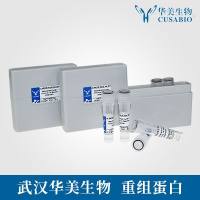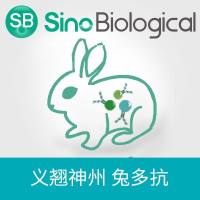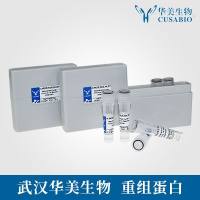Bordetella pertussis , the causative agent of whooping cough, secretes a plethora of virulence factors contributing to the onset and characteristic of the disease. The exotoxin pertussis toxin (PT) is regarded as particularly important during pertussis infection, as it is involved in both the adhesion of the pathogen and the initiation of systemic disease (1 ,2 ). A number of symptoms observed during pertussis infections, such as, for example, lymphocytosis, islet-cell activation, and histamine sensitization have been associated with the activity f pertussis toxin. Like cholera toxin or the Escherichia coli heat-labile enterotoxin LT, PT is an A-B type bacterial toxin that is composed of the enzymatically active S1 subunit (A-protomer) and the binding B-oligomer consisting of the S2, S3, S5, and two S4 subunits. The observed pleiotropic effects are the result of the ability of S1 to ADP-ribosylate certain inhibitory α-subunits of heterotrimeric GTP-binding proteins (G-proteins) involved in a variety of signaling pathways. ADP-ribosylation not only uncouples these G-proteins from their receptors but in addition also deranges the adenylate cyclase system and in this way interferes with second-messenger pathways (3 –7 ). The modification is introduced at a distinct cysteine residue at position *4 of the C-terminus (3 ,4 ). For uncoupling signal transduction this seems to be an ideal site as the C-terminus of the α-Gi proteins has been shown to be necessary for interactions with the receptor(s) (8 ,9 ). Especially the last four amino acids seem to influence receptor selectivity (9 ). PT-sensitive and -insensitive α-subunits of G-proteins were thought to differ by the presence or absence of the target cysteine residue near the C-terminus. However, as C-terminal sequences of PT-sensitive G-protein α-subunits are highly conserved (10 ) protein regions distant to the *4 cysteine residue also seemed to play a role (11 ,12 ). For further analysis of PT interactions with α-Gi proteins and in particular of the requirements of the acceptor site for ADP-ribosylation already several molecular approaches have been investigated.






